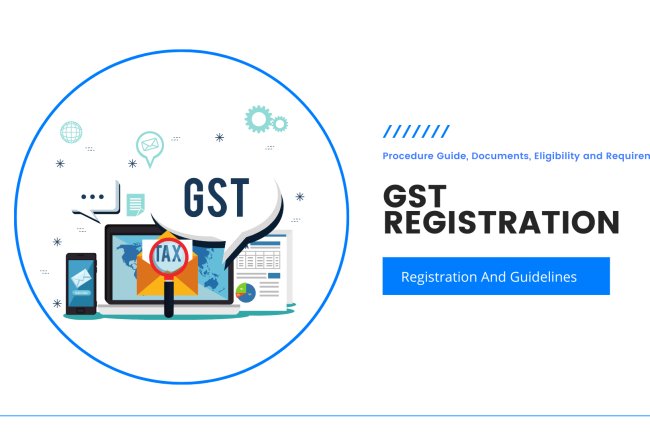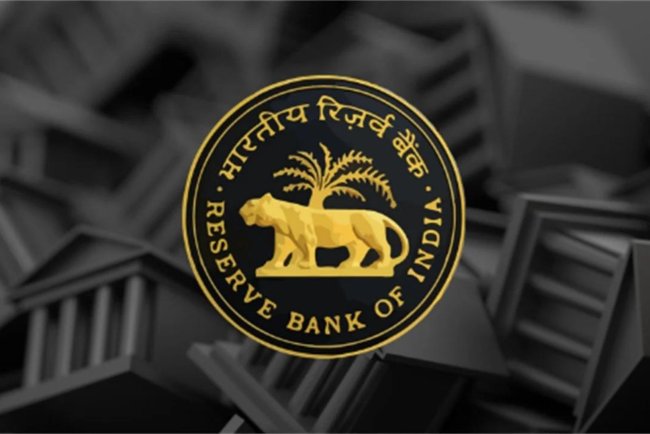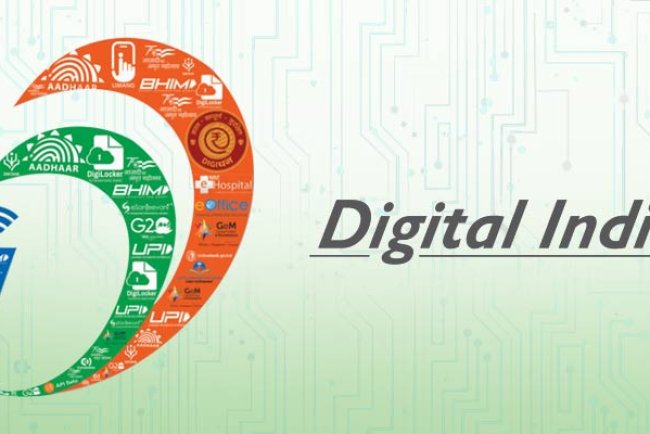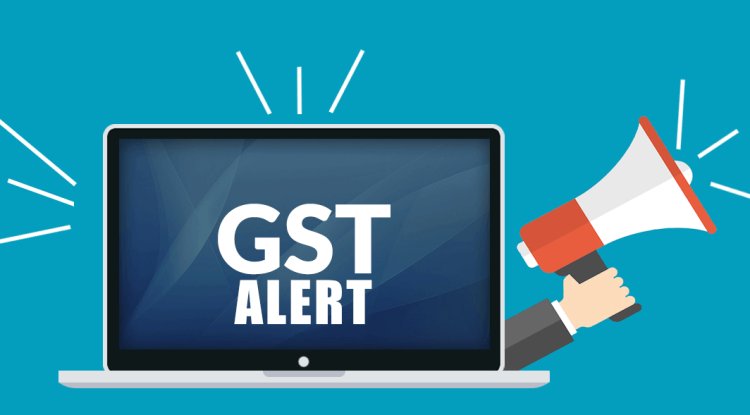How the New GST Regime Empowers Consumers
The new GST regime in India is becoming more consumer-friendly by making bills transparent, removing double taxation, and keeping essential goods affordable. Unlike the old system with multiple hidden charges, GST ensures “One Nation, One Tax,” so consumers know exactly what they pay. It also protects consumer rights with clear billing, fair online shopping prices, and controlled inflation. At the same time, GST is creating career opportunities in Certified Corporate Accounting, SAP FICO (Finance & Controlling), and Taxation (Income Tax & GST)—making it not only a tax reform but also a path to growth for students and professionals.
The Goods and Services Tax (GST) has changed the way India pays taxes. At first, GST was seen as a big change for businesses, but over the years, it has become more consumer-friendly. The new GST regime is designed to give more benefits to common people by reducing hidden costs, making bills clear, and keeping essential items affordable.
In this article, let’s explore how the new GST regime empowers consumers, why it matters, and how it even connects with education and career opportunities in Certified Corporate Accounting, SAP FICO (Finance & Controlling), and Taxation (Income Tax & GST).
What is GST in Simple Words?
Earlier, India had many indirect taxes like VAT, excise duty, and service tax. This made buying goods and services confusing because there were multiple charges in every bill.
In 2017, the government introduced GST – a single tax system that replaced all those different taxes. This made the tax system simpler, clearer, and the same across all states.
How the New GST Regime Helps Consumers
1. Clear and Simple Bills
Before GST, bills were full of different taxes that were hard to understand. Now, bills clearly show a single GST rate (like 5%, 12%, or 18%). This gives consumers more clarity about what they are paying.
2. No More Double Taxation
Earlier, one tax was charged on top of another (called cascading effect). For example, excise duty was added first, then VAT was charged on top of that. This made products costlier.
Now with GST, that problem is gone. Consumers pay tax only once, which keeps prices lower.
3. Cheaper Essentials
To protect the middle class and poor, the government has put daily-use items like food grains, medicines, and healthcare services in low or zero tax slabs. This helps families save money on necessary expenses.
4. Right to Question Overcharging
Every GST bill must show the GST number and tax amount clearly. This gives consumers the right to question if they are charged extra. If a shopkeeper tries to cheat, consumers can check and report it.
5. Online Shopping Made Fairer
E-commerce sites like Amazon, Flipkart, or Swiggy now show transparent GST charges on bills. This makes online shopping safe and fair because prices are uniform across India.
6. Keeping Inflation Under Control
The government has made sure that basic items are taxed less, while luxury products have higher GST. This helps control inflation so that the cost of living does not increase too much for consumers.
7. More Choices at Better Prices
GST removed tax barriers between states. Now, products can move freely across India. This gives consumers more options at competitive prices, whether buying from a local shop or ordering online.
GST in Education and Careers
GST is not only useful for consumers but also creates career opportunities. With every business required to follow GST rules, there is a huge demand for professionals trained in:
-
Certified Corporate Accounting – A course that teaches practical accounting and GST compliance.
-
SAP FICO (Finance & Controlling) – A popular course for students who want to work in big companies managing GST reports and financial systems.
-
Taxation (Income Tax & GST) – Specialized training that helps students build a career in tax filing and advisory services.
Many institutes, such as the best accounting institute in Kolkata, are offering these popular courses so students can get job-ready while learning GST in detail.
Example: Restaurant Bill Before vs. After GST
Before GST
-
Service Tax: 14%
-
VAT: 12%
-
Service Charge: 10% (extra)
???? Result: Consumers paid too much without understanding why.
After GST
-
A simple 5% GST (for small restaurants) or 18% GST (for big/AC restaurants).
???? Result: The bill is easy to read, and the consumer knows exactly how much tax they paid.
Future of Consumer-Friendly GST
The government is still improving GST to make it even better for consumers:
-
Filing returns is being made easier for small shopkeepers.
-
More items are being moved to lower tax slabs.
-
Technology and AI are being used to stop fake bills and fraud.
-
Online systems are becoming smoother to keep bills transparent.
All these changes aim to create a fair and consumer-focused tax system.
Conclusion
The new GST regime empowers consumers by making bills transparent, removing double taxation, lowering the cost of essentials, and protecting consumer rights.
It also creates new job opportunities through Certified Corporate Accounting, SAP FICO (Finance & Controlling), and Taxation (Income Tax & GST) training. So, GST is not just a tax—it is a step towards a fairer economy that benefits every Indian household.
With continuous improvements, GST will remain a system that keeps both businesses and consumers happy, making India’s tax system truly consumer-centric.
What's Your Reaction?
















